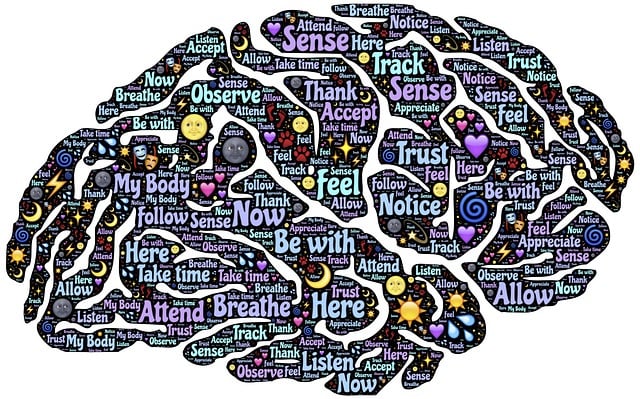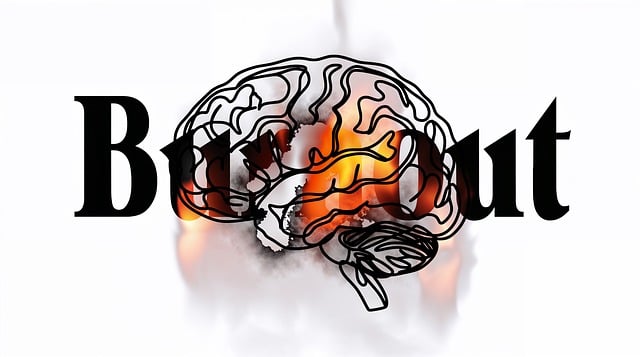The text emphasizes the critical need for crisis counseling in young children, highlighting often-overlooked challenges that can lead to long-term mental health issues. It calls for public awareness and education about therapy for this demographic, aiming to destigmatize mental illness support. Effective campaigns should normalize conversations about mental illness, reduce stigma, and use inclusive communication strategies. Measuring campaign impact through surveys, focus groups, and data analytics is essential for refining future initiatives. Sustained change involves promoting mindfulness meditation and ongoing engagement to build supportive communities that foster emotional well-being.
Public awareness campaigns play a pivotal role in addressing critical issues, especially when it comes to Therapy for Young Children Crisis Counseling. This article explores the development of such campaigns, focusing on understanding the pressing need for counseling young children facing crises. We delve into strategies for crafting effective public awareness initiatives and highlight methods to measure their impact, ensuring sustainable positive change. By exploring these key aspects, we aim to empower communities to make a lasting difference in young lives.
- Understanding the Young Children Crisis Counseling Need
- Crafting Effective Public Awareness Campaigns
- Measuring Impact and Sustaining Change
Understanding the Young Children Crisis Counseling Need

The crisis counseling needs of young children represent a critical area within the broader mental health landscape. Many challenges faced by this demographic often go unnoticed or unaddressed, leading to long-term consequences if left untreated. From traumatic events to ongoing stress and emotional turmoil, young minds are susceptible to various forms of distress that can significantly impact their development.
Enhancing public awareness about the importance of therapy for young children crisis counseling is a vital step in breaking down barriers and reducing the mental illness stigma associated with seeking help. By fostering an environment where emotional healing processes are normalized and encouraged, communities can better equip parents, caregivers, and educators to identify signs of distress and provide timely support. This proactive approach aligns with broader mental health awareness initiatives aimed at destigmatizing mental illness and promoting overall well-being.
Crafting Effective Public Awareness Campaigns

Crafting effective public awareness campaigns requires a deep understanding of the target audience and the issue at hand. When addressing sensitive topics like therapy for young children in crisis counseling, it’s essential to communicate with empathy and clarity. Start by normalizing conversations around mental illness, as stigma reduction efforts are key to encouraging support and understanding. Utilize communication strategies that resonate with diverse audiences, ensuring messages are inclusive and accessible.
Incorporate positive thinking principles to foster hope and resilience while acknowledging the gravity of issues like child crises. Engaging visuals, compelling narratives, and relatable content can significantly enhance campaign impact. Remember, successful public awareness campaigns not only inform but also inspire action, encouraging individuals to seek help or offer support in meaningful ways.
Measuring Impact and Sustaining Change

Measuring the impact of public awareness campaigns is a crucial step in understanding their effectiveness and ensuring long-term change. In the context of therapy for young children and crisis counseling, this involves assessing how well the campaign reaches its target audience and fosters meaningful connections. By employing various evaluation methods, such as surveys, focus groups, and data analytics, organizations can gauge the level of awareness and behavioral shifts among participants. This process is vital in identifying successful communication strategies and areas that require improvement, thereby refining future initiatives.
Sustaining change goes hand in hand with measuring impact. Public awareness campaigns must not only educate but also inspire lasting behavior modifications. Incorporating practices like mindfulness meditation can aid in emotional healing processes, especially for young children navigating crises. Through ongoing engagement and the dissemination of resources, these campaigns can foster supportive communities that promote mental well-being, ensuring that the initial momentum translates into sustained positive outcomes.
Public awareness campaigns play a pivotal role in addressing the critical need for crisis counseling among young children. By effectively communicating the importance of early intervention and therapy, we can dispel misconceptions and encourage communities to embrace these essential services. Measuring the impact of these campaigns is key to sustaining positive change, ensuring that resources are allocated efficiently, and ultimately improving the well-being of our youngest citizens. Through continuous evaluation and adaptation, we can create a more resilient and supportive environment for children facing crises.














